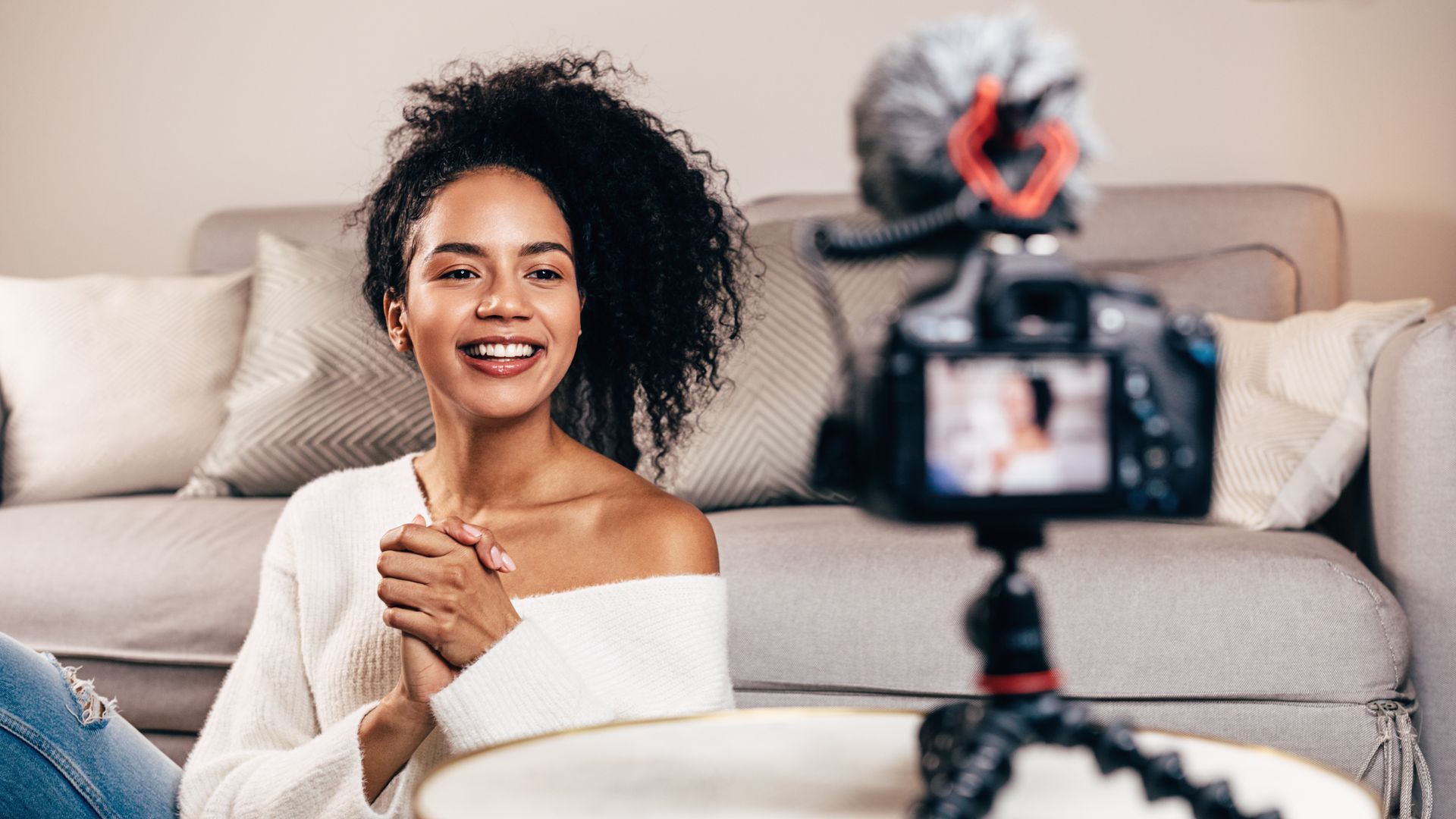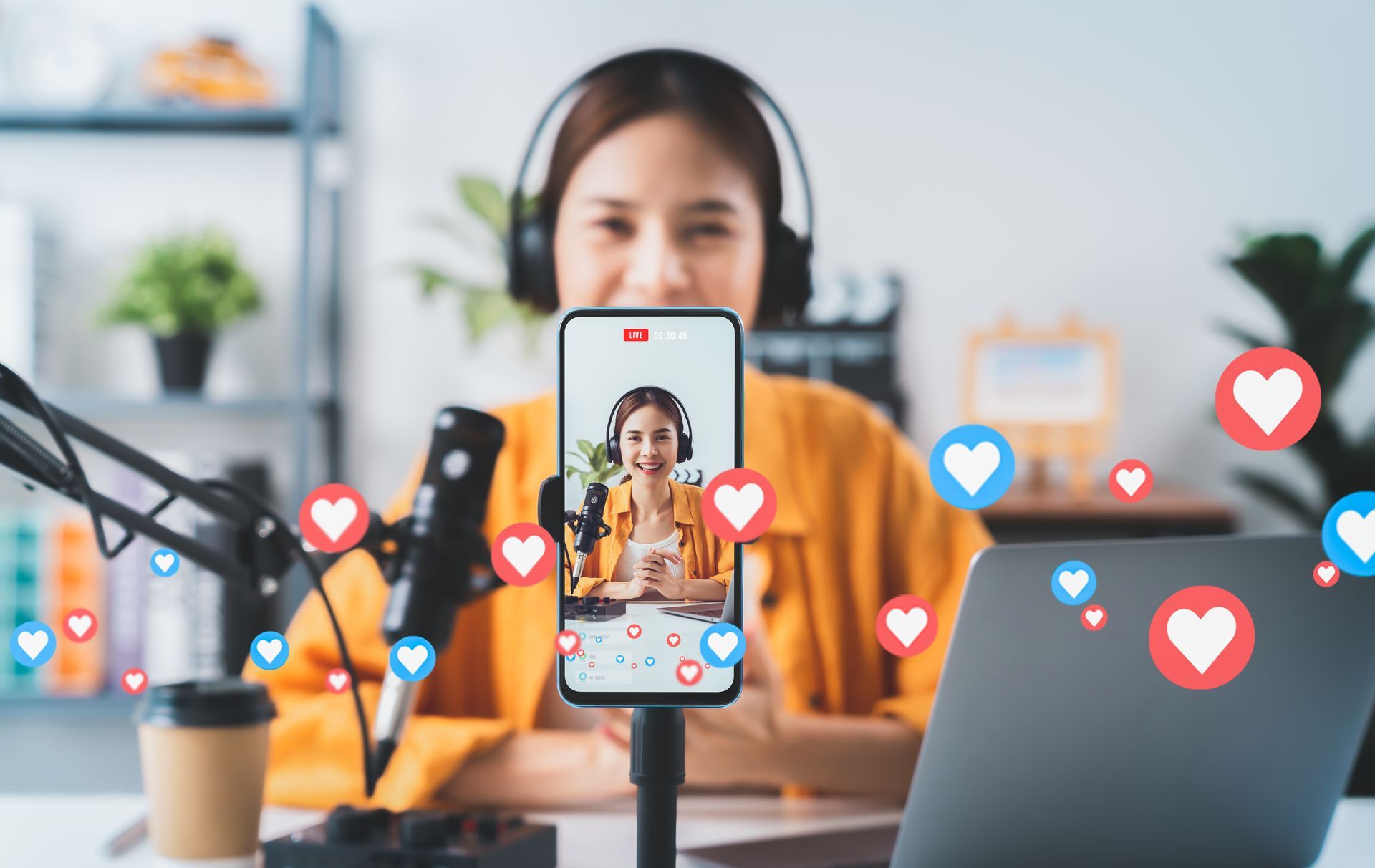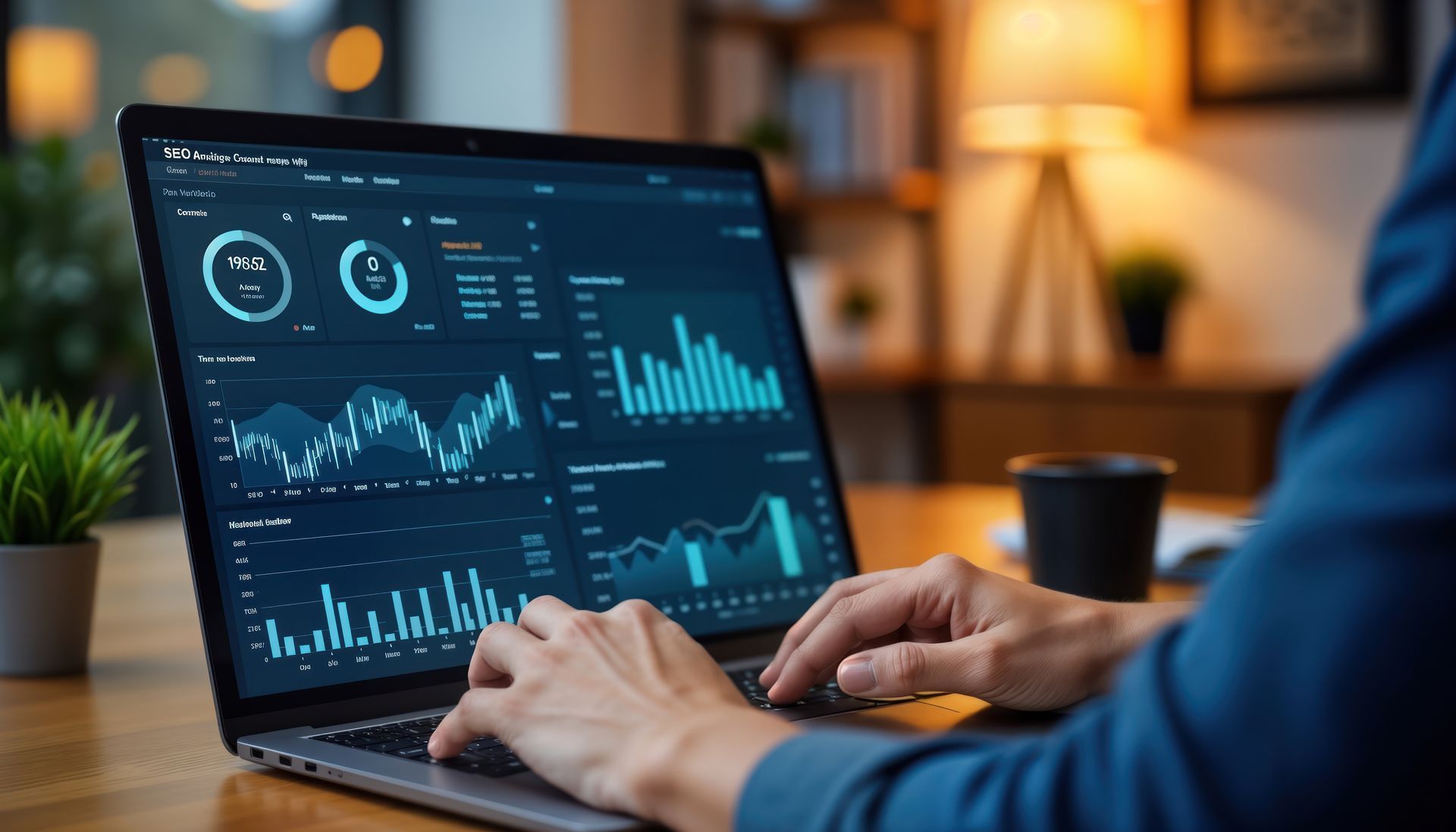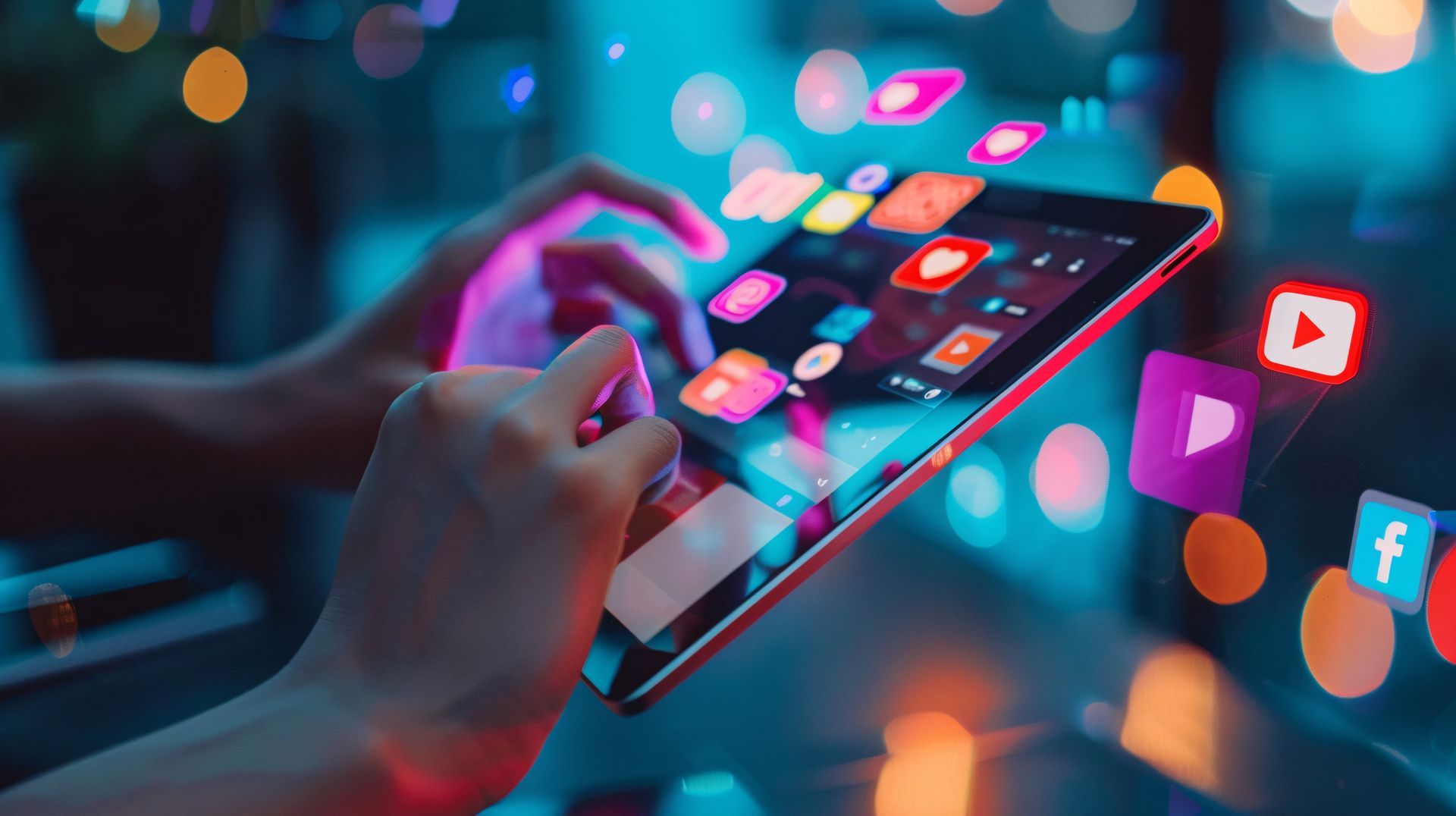Harnessing the Influencer Effect: Unleashing the Power of Social Media
Unleashing the Power of Social Media
In the age of social media, influencers have become an integral part of digital marketing strategies. They possess the ability to sway the opinion and behavior of their followers, making influencer marketing a powerful tool for brands. But how can businesses effectively harness the influencer effect to maximise their marketing efforts? In this article, we will explore the strategies and tactics necessary to unleash the power of social media influencers.
By partnering with the right influencers, brands can tap into their extensive networks and engage a highly targeted audience. Influencers have the ability to create authentic, relatable content that resonates with their followers, fostering trust and credibility in the brand. Additionally, influencers offer a unique opportunity for brands to reach new demographics and expand their reach beyond traditional marketing methods.
Throughout this article, we will delve into the importance of selecting the right influencers, building meaningful relationships, and establishing clear expectations. We will also discuss the dos and don'ts of influencer marketing, providing tips and best practices for creating successful collaborations.
Harnessing the influencer effect is no longer just a trend; it's a necessity for brands looking to thrive in the digital landscape. So, let's dive in and discover how to unlock the full potential of social media influencers.
Understanding the Influencer Effect
The influencer effect refers to the impact that influencers have on their followers' purchasing decisions and brand perceptions. With their large and engaged audiences, influencers possess the power to shape opinions, introduce new products or services, and drive consumer behaviour. This effect is amplified by the trust and credibility that influencers have built with their followers over time.
The Power of Social Media Influencers
Social media influencers have emerged as the new celebrities of the digital age. They have the ability to create authentic, relatable content that resonates with their followers. Through their posts, videos, and stories, influencers can showcase products, share personal experiences, and provide recommendations that feel genuine and trustworthy to their audience. This unique connection allows brands to tap into the influencer's credibility and reach a highly engaged target market.
Influencers also offer a valuable opportunity for brands to expand their reach beyond traditional marketing methods. By collaborating with influencers, brands can access new demographics and niche markets that may be difficult to reach through other channels. This allows brands to diversify their audience and increase their brand visibility in a highly competitive landscape.















